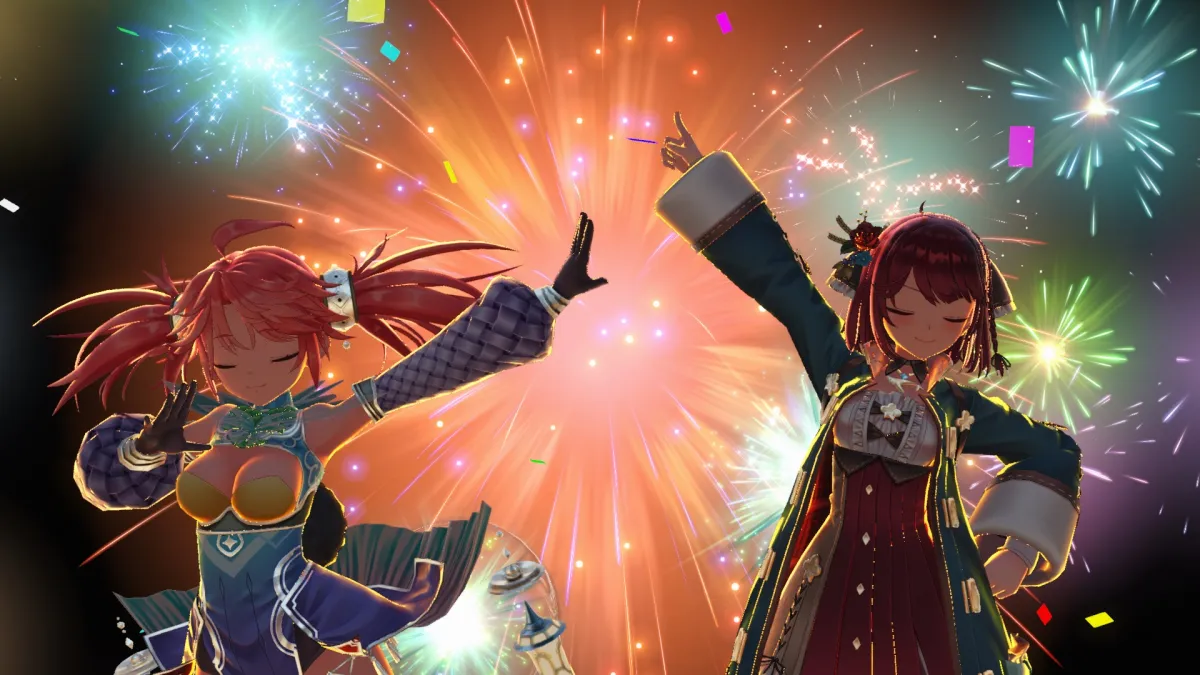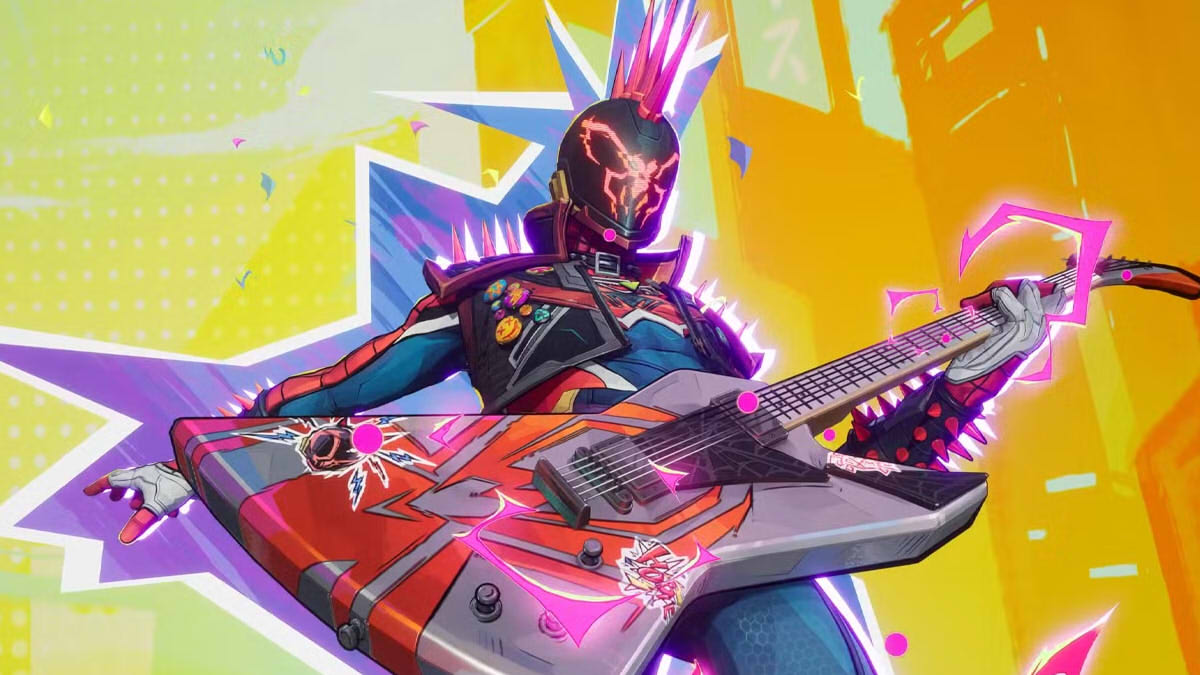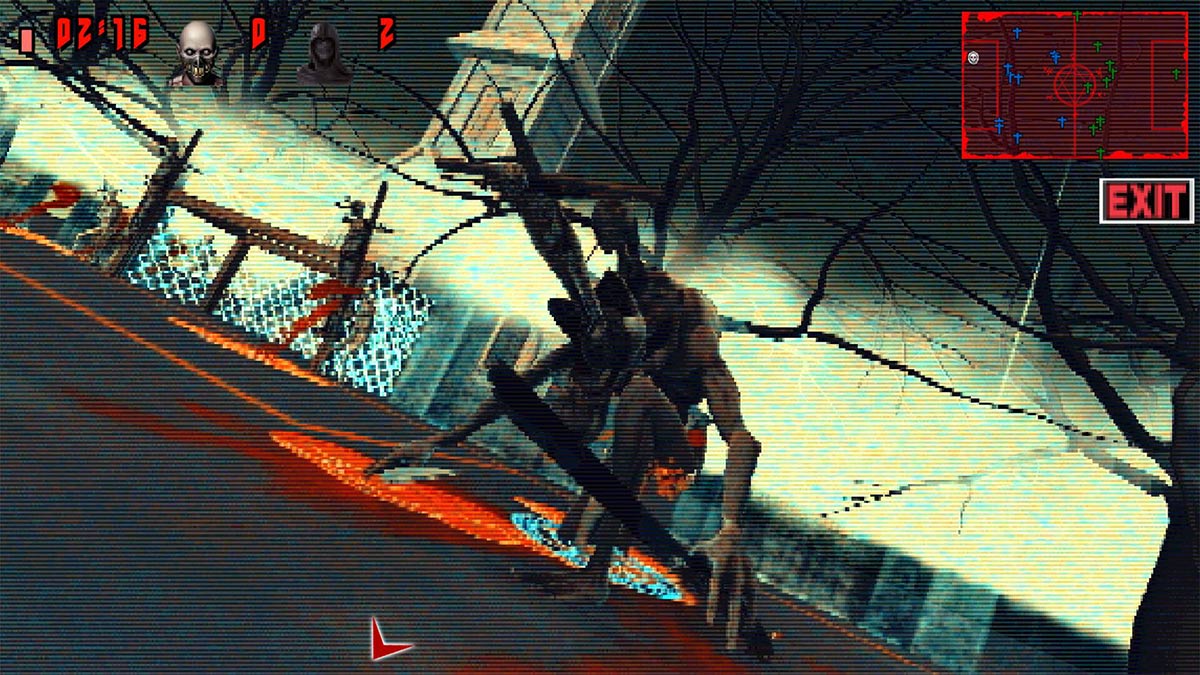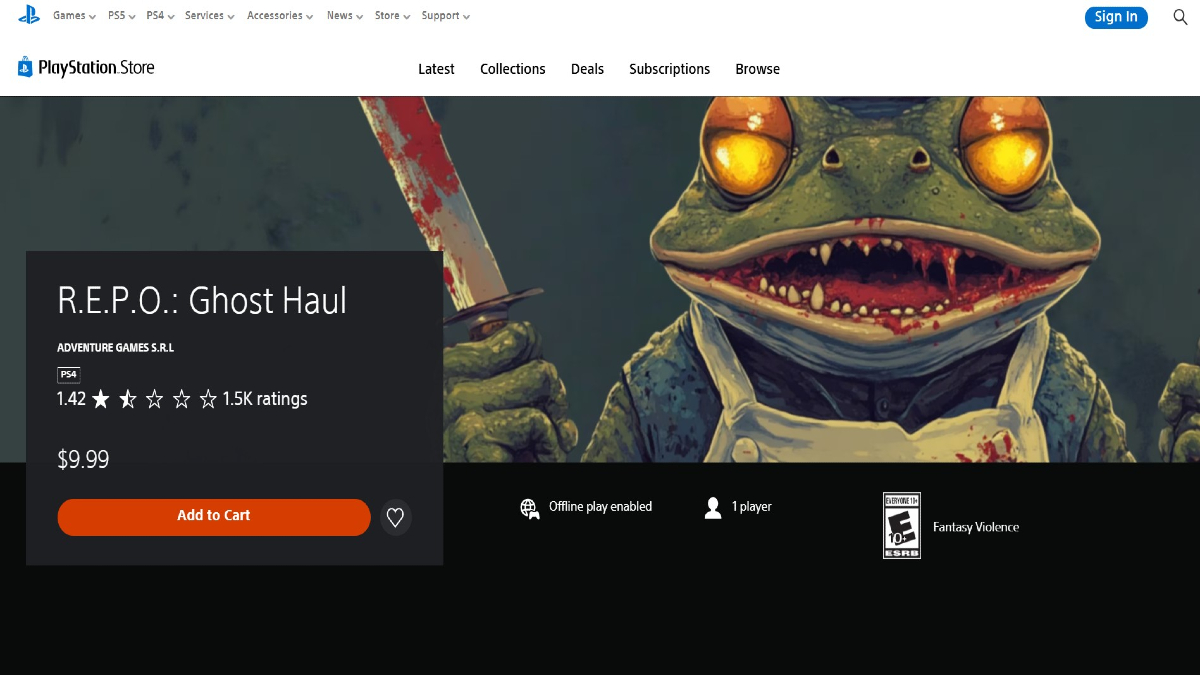Following the release of new gameplay videos, Gust and Koei Tecmo released new screenshots and details about the upcoming JRPG Atelier Atelier Sophie 2: The Alchemist of the Mysterious Dream.
We hear more about the battle system, which is based on parties with three front-line characters and three additional characters supporting from the back.
You can have “Twin Actions” in which front lone and rearguard characters attack together, while “Support Guard” involves a rearguard character protecting a front line one.
Those are activated by spending Technical Points (TP), which are accumulated by performing actions in battle. Consuming TP fills the Dual Gauge (DG) that can, in turn, be used to activate flashy “Dual Trigger” attacks.
You can also meet monsters protected by an elemental aura. Those are more impervious to damage, but if you attack them with the element they’re weak to, they’ll become vulnerable. On the other hand, if you attack with the wrong element, you’ll receive a counterattack.
You can also control the weather to take away their aura powers.
By completing party quests you can earn ability points, that can be spent to unlock various abilities that can increase a character’s stats, gathered items, or rewards from quests.
Lastly, we take another look at the photo mode, which lets you place in the frame party members, various NPCs, and even monsters. You can also control facial expressions, time of day, effects, and much more.





















Atelier Sophie 2: The Alchemist of the Mysterious Dream will release in North America and Europe on February 25, 2022, for PS4, Nintendo Switch, and PC. Japanese gamers will get it a day earlier, on February 24.
If you’d like to see more, you can take a look at the original reveal, an introduction video, more screenshots, another trailer with more gameplay, and even more screenshots.
We also saw a bunch of character trailers for Sophie herself, Plachta, Ramizel, Alette, Olias, and Diebold.
Below you can read how Koei Tecmo Officially describes the game:
“Atelier Sophie 2: The Alchemist of the Mysterious Dream continues the story of Sophie and Plachta’s many adventures. After leaving Sophie’s hometown of Kirchen Bell, the pair discovers a huge tree identical to one that Plachta had seen in a dream, and as they get closer, a mysterious vortex pulls them inside. Sophie awakens alone in a curious new world called Erde Wiege, and it’s not long before she hears about an alchemist named Plachta that lives on the outskirts of town. Shockingly, when Sophie arrives at the atelier, she meets a young alchemy enthusiast named Plachta, and even though the alchemist shares the same name as her friend, she doesn’t recognize Sophie. What other surprises await Sophie on this journey? As the adventure continues, Sophie meets aspiring alchemist, Ramizel Erlenmeyer, who willingly agrees to help her in her time of need. The narrative elegantly unfolds with a charming new visual style that combines the art of the Mysterious sub-series with the high-quality graphics and animations featured in 2021’s Atelier Ryza 2: Lost Legends and the Secret Fairy.
On her journey to find her missing friend, Sophie will have to fight the many monsters that inhabit the lands of Erde Wiege. As soon as players encounter an enemy in the field, the battle begins instantly without any load times or separate screens – a series first – allowing battles to flow seamlessly. In addition, battle parties now consist of six members, with three in the front and three in the back, to form two teams that co-operate in multi-linked turn-based battles. This new battle system opens up a wide range of exciting combat strategies that players can utilize to take out their foes.
As with previous entries in the Atelier series, alchemy plays a huge role in Atelier Sophie 2: The Alchemist of the Mysterious Dream. The game builds upon the panel synthesis system featured in the Mysterious sub-series, where materials are placed into the panel slots to create new items. The game allows both aspiring and veteran alchemists to synthesize items in a way that is comfortable to them due to two different panel types — regular panels make it easier to create items, while restricted panels are complex to master but allow for items with stronger effects to be synthesized.”













Updated: Jan 15, 2022 12:27 pm